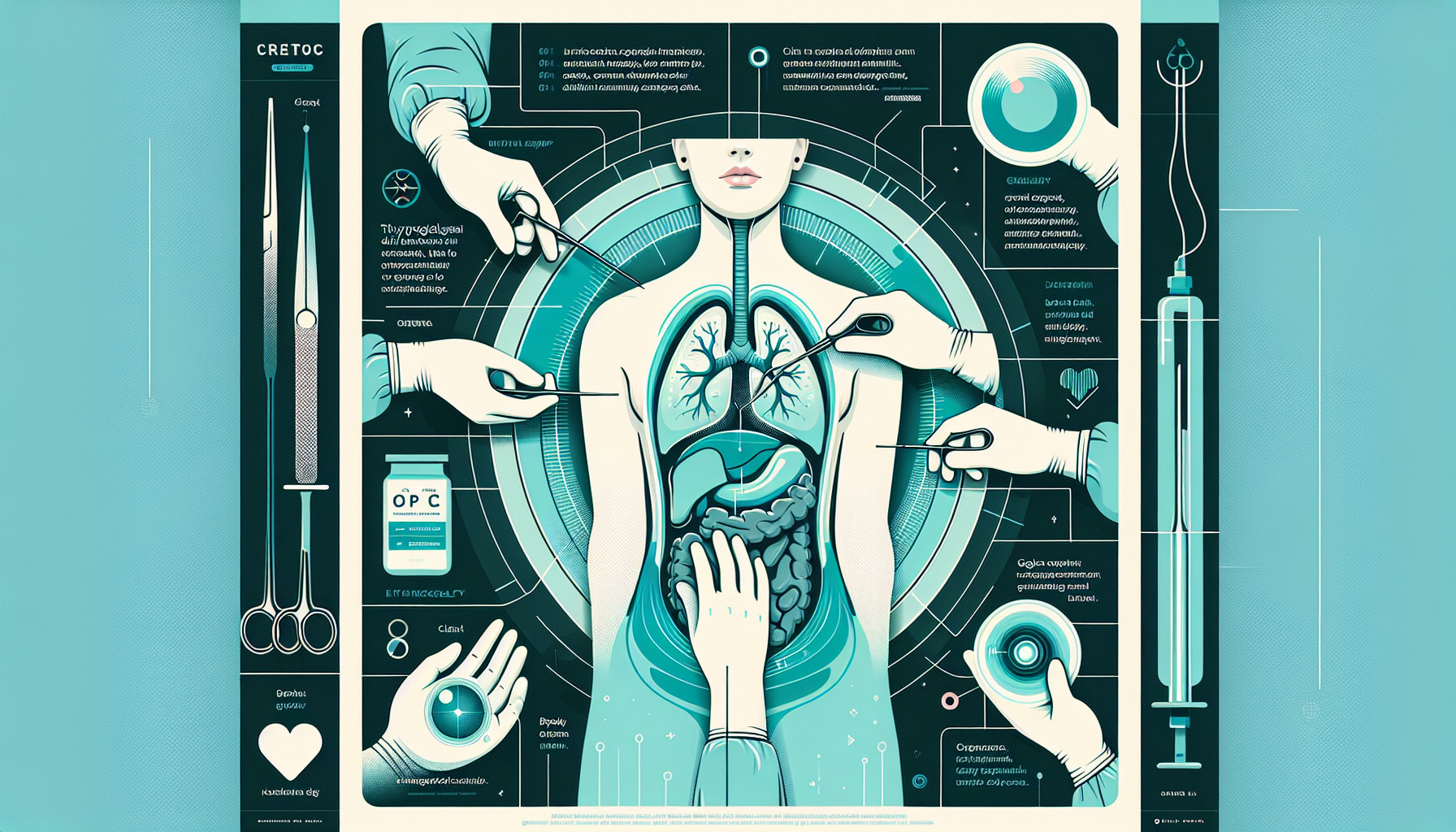Our Summary
This research paper evaluates the outcomes of a new form of treatment for thyroglossal duct cysts (TGDC) in children. This condition involves a cyst, or a sac full of fluid, that forms in the neck due to an issue with the development of the thyroid gland. The new method is called “no-scar transoral TGDC excision” and involves removing the cyst through the mouth, leaving no visible scar.
The study looked at 44 children under 10 years old who were treated for TGDC between 2013 and 2014, and their progress was followed up for two years. The researchers collected data about the surgical process, any complications, and how satisfied the patients were with the cosmetic results.
The findings showed that 21 patients had the new transoral excision and 21 had the conventional (traditional) operation. There were no significant differences between the two groups in terms of the overall patient and operation factors. However, the new method was better at identifying the thyroglossal duct during surgery and patients were much more satisfied with the cosmetic results because there was no scar.
In conclusion, the study suggests that this new no-scar method of removing TGDC through the mouth is potentially a safe and effective treatment. It allows for easy removal of the thyroglossal duct and provides excellent cosmetic results with no visible scar.
FAQs
- What is the no-scar transoral thyroglossal duct cyst (TGDC) excision method?
- How does the transoral TGDC excision method compare to conventional excision in terms of effectiveness and cosmetic satisfaction?
- Is the transoral TGDC excision method safe and effective for children?
Doctor’s Tip
A helpful tip a doctor might tell a patient about thyroglossal duct cyst removal is to consider transoral excision as a potential option for a potentially safe and effective procedure that can result in excellent cosmetic outcomes. This method can achieve easy removal of the thyroglossal duct with minimal scarring. It is important to discuss this option with your doctor to determine if it is the best choice for your specific situation.
Suitable For
Patients who are typically recommended for thyroglossal duct cyst removal are children under the age of 10 who are experiencing symptoms related to the cyst, such as difficulty swallowing, neck swelling, or recurrent infections. In cases where the cyst is causing discomfort or complications, surgical removal may be recommended to alleviate symptoms and prevent further issues. The transoral approach may be considered for patients who are concerned about scarring and desire a more aesthetically pleasing outcome.
Timeline
Before thyroglossal duct cyst removal:
- Patient may notice a painless lump in the neck area, which may move when swallowing or sticking out when the tongue is pushed against the roof of the mouth.
- Patient may experience occasional infections or abscess formation in the cyst.
- Patient may undergo imaging tests such as ultrasound or CT scan to confirm the presence of the cyst.
- Patient may consult with a surgeon to discuss treatment options, including transoral or conventional excision.
After thyroglossal duct cyst removal:
- Patient undergoes either transoral or conventional excision surgery to remove the cyst.
- Recovery period may involve pain management, antibiotics, and follow-up appointments to monitor healing.
- Patient may experience temporary difficulty swallowing or speaking due to swelling in the throat area.
- Patient may need to avoid strenuous activities or certain foods for a period of time to aid in healing.
- Follow-up appointments are scheduled to monitor the surgical site and ensure proper healing.
- Patient may experience improved cosmetic appearance and resolution of symptoms associated with the cyst.
What to Ask Your Doctor
- What are the potential risks and complications associated with transoral thyroglossal duct cyst excision in children?
- How long is the recovery process expected to be following the procedure?
- What follow-up care or monitoring will be necessary after the cyst removal?
- How will the cosmetic outcome of the transoral excision compare to conventional excision methods?
- Are there any specific restrictions or precautions that need to be followed post-operatively?
- What is the success rate of transoral thyroglossal duct cyst excision in children compared to conventional excision methods?
- Will there be any scarring or visible marks left after the procedure?
- What is the typical prognosis for children who undergo transoral thyroglossal duct cyst excision?
- How experienced is the medical team in performing transoral thyroglossal duct cyst excisions in children?
- Are there any alternative treatment options available for thyroglossal duct cyst removal in children?
Reference
Authors: Kim JP, Park JJ, Woo SH. Journal: Thyroid. 2018 Jun;28(6):755-761. doi: 10.1089/thy.2017.0529. Epub 2018 May 30. PMID: 29742987
